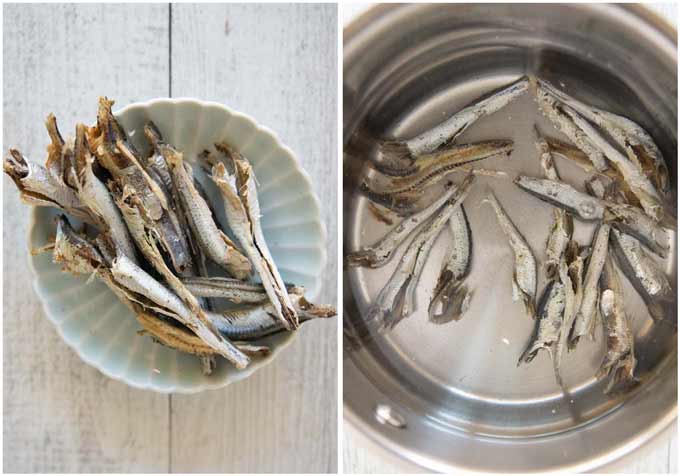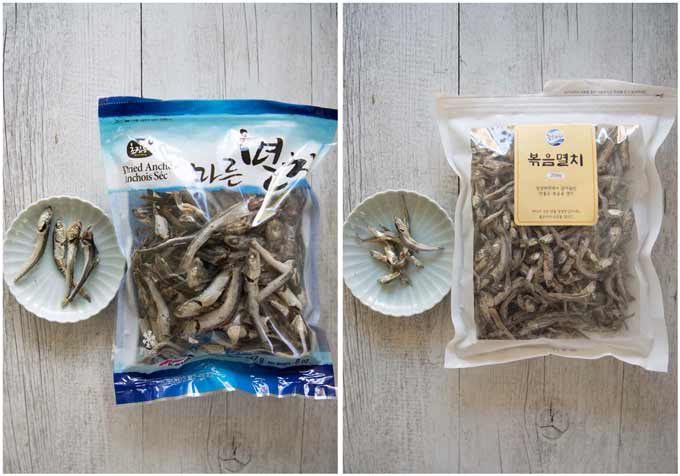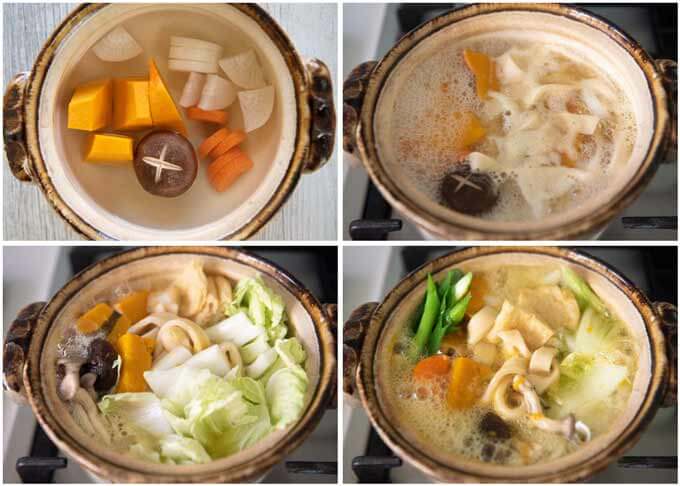Hōtō Noodle Soup (Hōtō Nabe) is a noodle soup dish with flat noodles, pumpkin, and other vegetables. They are cooked in a miso-flavoured broth. It is a perfect dish on a cold day (it’s winter here in Australia), but I don’t mind eating it in summer too. It’s almost a big bowl of miso soup full of ingredients.

Hōtō Noodle Soup (Hōtō Nabe) is known as Yamanashi prefecture’s most famous local cuisine. It is so famous that, if Japanese people think of Yamanashi prefecture they will think of Hōtō. In Yamanashi, particularly the northern side of Mt. Fuji, you will find many noodle restaurants that specialise in Hōtō.
There are variations to the ingredients, but a particular kind of flat noodle is the ‘must have’ ingredient for this dish, otherwise it won’t be called Hōtō.
About Hōtō
Hōtō is the traditional name of this dish but many people in Japan call it Hōtō Nabe (ほうとう鍋, Hōtō Hot Pot), even though the dish can also be classified as a noodle soup.
This is understandable because the dish contains noodles in a broth (which makes it a noodle soup), and many different ingredients are cooked in a pot (which makes it a hot pot). In addition to this, the dish is often served in an iron pot with handles or a clay pot.

The noodles look almost identical to flat udon noodles, and they are also made with flour. But Hōtō noodles do not contain salt and more importantly, how you cook the noodles is very different.
As soon as the noodles are made, you cook them in the broth while the noodles are still soft and coated in flour. The surface of the soft and tender noodles breaks easily in the broth, causing the broth to thicken.
Other than the noodles, pumpkin is another representative ingredient that you should add to the traditional Hōtō. In addition to being a great source of boosting your immune system, the sweetness of the pumpkin makes the miso-based broth milder. Almost-overcooked pumpkins also make the broth thicker.
Apart from noodles and pumpkins, you can be creative about what you add to your Hōtō. Although traditional Hōtō ingredients are just vegetables, many Hōtō dishes these days include sliced pork, chicken or even fish.
What’s in My Hōtō Noodle Soup (Hōtō Nabe)
My Hōtō is a traditional version using only vegetables. To boost protein, I added aburaage (deep-fried thin tofu) to the ingredients list.

- Freshly made Hōtō noodles
- Pumpkin, cut into about 4cm / 1½” cubes
- Daikon, sliced thinly
- Carrot, sliced thinly
- Chinese cabbage, cut into about 4cm / 1½” square pieces
- Shiitake and/or Shimeji mushrooms
- Aburaage cut into about 3cm / 1⅛” square pieces
- Green onion, cut into 5cm / 2″ long pieces
I used my recipe Home-made Udon Noodles to make Hōtō noodles, but without salt. Instead of cutting the udon noodles 3mm / ⅛” wide, I cut the flattened dough into 1cm / ⅜” wide strips.
As mentioned in the previous section, you can change the vegetables to go into Hōtō. Other than those listed above, sliced potatoes, taro, burdock, and enoki mushrooms are sometimes added.
Miso-flavoured Broth

- Dashi stock
- Brown miso
- Soy sauce
- Mirin
- Cooking sake
- Sugar
You can make dashi stock from scratch or use store-bought granular dashi powder. Dashi stock can be awase-dashi or konbu-dashi (for vegetarian), but the dashi stock that is best suited to Hōtō is niboshi-dashi.
About Niboshi-dashi
Niboshi-dashi is made from dried anchovies, which are called ‘niboshi’ (煮干し) in Japanese. You can find how to make niboshi-dashi in the post Varieties of Dashi Stock.

The niboshi used to make dashi stock are about 5-7cm / 2-2¾” long, and you need to remove the heads and guts from each fish before using. The heads and guts make the stock bitter.
You can buy dried anchovies (niboshi) at Japanese/Asian groceries. I bought two kinds of dried anchovies made in Korea (the photo below).

Although the standard niboshi-dashi uses large niboshi (left photo above), you can use smaller niboshi (the right photo above) too.
When I used the smaller dried anchovies, I did not remove the heads and guts. It is almost impossible to remove the guts from such a small fish to start with, and they were not bitter when I ate them (yes, you can nibble small niboshi). I found that the dashi stock made with smaller anchovies was less fishy.
How to Make Hōtō Noodle Soup
Unlike most hot pot dishes, you don’t put everything in a flavoured broth at once to cook Hōtō. There is a certain sequence to cooking ingredients and adding flavours.

- Cook pumpkin, daikon, carrot, and shiitake mushrooms in dashi stock for a few minutes.
- Add Hōtō noodles and cook 5 minutes.
- Add rest of the vegetables except green onions. Cook for 5 minutes.
- Add green onions and the remaining Miso-flavoured Broth ingredients, except miso, and cook for a minute.
- Add miso, bring it to a boil, then turn the heat off.
The vegetables are added to the broth in stages, starting from those that take longer to cook. Noodles are added allowing for them to be cooked for 10+ minutes.
You add the miso at the end because miso will lose its flavour if cooked for a long time.

Hōtō Nabe is a simple and hearty food. After I have had quite few meat dishes, I often feel like having something like Hōtō to stay away from meat. Perhaps because of the noodles, it is surprisingly filling.
Yumiko![]()

Hōtō Noodle Soup (Hōtō Nabe) is a noodle soup dish with flat noodles, pumpkin and other vegetables. The ingredients are cooked in a miso-flavoured broth. It is a perfect dish on a cold day but of course you can eat it in summer too.
If you use konbu-dashi, you can make a vegan HōTō.
Don't forget to see the section 'MEAL IDEAS' below the recipe card! It gives you a list of dishes that I have already posted and this recipe that can make up a complete meal. I hope it is of help to you.
- 50g / 1.8oz flour
- 50g / 1.8oz strong flour / bread flour
- 50ml / 1.7floz water
- 200g / 7.1oz pumpkin (note 2)
- 70g / 2.5oz daikon
- 40g / 1.4oz carrot
- 2 shiitake mushrooms (note 3)
- 30g / 1.1oz shimeji mushrooms (note 3)
- 200g / 7.1oz Chinese cabbage
- 1 aburaage
- 30g / 1.1oz green onion
- 800ml / 1.7pt niboshi-dashi (note 4)
- 60g / 2.1oz miso (note 5)
- ½ tsp soy sauce
- ½ tsp mirin
- 1 tsp cooking sake
- ½ tsp sugar
- Shichimi tōgarashi (optional)
-
Using the Hōtō Noodles ingredients, follow the recipe instructions for Home-made Udon Noodles with slight variations as per the following:
-
The resting time of the dough can be reduced to 10-15 minutes instead of 30-60 minutes.
-
When the dough is stretched to 3mm / ⅛" thick, the surface areas will be smaller than the area indicated in the recipe card due to the smaller amount of flour used.
-
Cut the folded dough into 1cm / ⅜" wide strips, instead of 3mm / ⅛" wide. Coat the noodles with plenty of flour.
-
Pumpkin: Remove seeds and cut across the skin into about 4cm / 1½" cubes so that each piece has skin on one side.
-
Daikon: Quarter or halve (if the root is thin) the daikon vertically, then slice into 5mm thick pieces.
-
Carrot: Halve the carrot vertically (or omit this if the root is thin), then slice into 5mm thick pieces.
-
Shimeji mushrooms: Remove the bottom part of the stems that are clustering all mushrooms together and divide into a few clusters.
-
Chinese cabbage: Halve each leaf vertically, then cut them perpendicular to the first cut, into 4cm long pieces.
-
Aburaage: Pour boiling water (not in ingredients) over the aburaage to remove excess oil on the surface. Squeeze the water out. Cut the sheet of aburaage lengthwise in half, then cut it perpendicular to the first cut into 4 equal widths. You will get 8 squarish pieces.
-
Green onion: Cut diagonally into 6cm / 2⅜" long pieces.
-
Put dashi stock, daikon, carrot, and pumpkin (skin side down) in a shallow pot (note 6). Bring it to a boil and cook for 2-3 minutes over high heat.
-
Add Hōtō noodles to the pot, untangling the noodles with chopsticks or a fork. When the broth starts boiling, reduce the heat to medium low and cook for 5 minutes. Occasionally stir the noodles so they don’t stick to the bottom of the pot.
-
Add Chinese cabbage, shimeji mushrooms and aburaage to the pot, increase the heat to medium high. Cook for 5 minutes.
-
Add green onions and remaining Miso-flavoured Broth ingredients, except miso, to the pot. Cook for a minute.
-
As soon as the broth starts boiling, turn the heat off. Serve immediately with shichimi tōgarashi (if using).
1. You don’t have to have the identical list of vegetables to go into your Hōtō Nabe. But you must have pumpkin. Other vegetables you may consider are potato, taro, and burdock.
2. I used Kent pumpkin as it is close to Japanese pumpkin from both a taste and appearance perspective. But you can use different types of pumpkin.
3. You can use other Asian mushrooms such as enoki mushrooms and king oyster mushrooms.
4. Please see the section, About Niboshi-dashi in the post for more details.
I used niboshi-dashi because it goes very well with miso-flavoured broth. But you can use standard awase-dashi. If you use konbu-dashi, you can make it vegan Hōtō.
Please visit Varieties of Dashi Stock for more details and the instructions to make different types of dashi stock.
5. Because Hōtō originated in Yamanashi prefecture, which belongs to Kanto (the eastern region of Japan including Tokyo), brown miso is usually used to make Hōtō. If you only have white miso, you may omit the sugar because white miso is sweeter than brown miso.
6. Traditional Hōtō uses freshly made Hōtō noodles. But if you don't have enough time to make noodles on the day, you can make them the day before. Make sure that you coat the noodles with plenty of flour.
The broth may not become as thick as it should but it is still very close to the real Hōtō Nabe.
7. If you put a large lump of miso in the broth, it will take too long to dilute. Instead of using a sieve, you can dilute the miso in a ladle by adding a small amount of broth to the ladle with miso.
8. I cooked Hōtō in 2 single-serving clay pots. But you can cook 2 servings in a large pot. A pot of about 22cm diameter would fit all the ingredients for two people snuggly. If the opening of the pot is too wide, the water might evaporate too fast, making the broth salty.
9. Nutrition per serving.
serving: 816g calories: 404kcal fat: 7.6g (12%) saturated fat: 1.5g (8%) trans fat: 0.0g polyunsaturated fat: 2.6g monounsaturated fat: 1.7g cholesterol: 3.9mg (1%) sodium: 1901mg (79%) potassium: 1584mg (45%) carbohydrates: 63g (21%) dietary fibre: 6.9g (28%) sugar: 11g protein: 23g vitamin a: 330% vitamin c: 111% calcium: 17% iron: 31%
Meal Ideas
A typical Japanese meal consists of a main dish, a couple of side dishes, a soup and rice. I try to come up with a combination of dishes with a variety of flavours, colours, textures and make-ahead dishes.
In Yamanashi, people often eat Hōtō with a bowl of rice, even if Hōtō contains noodles. But I felt that there was enough starch in today’s dish, so I decided to only serve grilled fish and Hiyayakko to go with Hōtō Nabe.
The grilled fish supplements the protein and the cold tofu cools down your tongue because Hōtō is quite hot.
I noted that Hōtō noodles can be made ahead, although you are meant to use freshly made Hōtō noodles to be more authentic. But the flavour is still good, and you can reduce the preparation time on the day.
- Main: Hōtō Noodle Soup (Hōtō Nabe) – today’s recipe, noodles can be made ahead.
- Side dish 1: Grilled Whiting Fillets (Dried Fish) – or other grilled fish such as grilled Japanese Salmon (Salted Salmon).
- Side dish 2: Chilled Tofu (Hiyayakko) 4 Ways – you can serve with varieties of toppings or pick one topping.

I tried it and the taste was overwhelming !
Though I have to admit, that I hate to cut pumpkin, because it is so tough.
What I used was Hokkaido pumpkin, very tasty
Thanks for that wonderful recipe
Monika
Hi Monika, I am glad you enjoyed it. I did not mention this but if you microwave pimcpkin a little bit, the skin becomes a bit softer and it is easier to cut.
Großartig!!!
Jesse-Gabriel
Danke schön, Jesse-Gabriel!
What is strong flour?
Hi Teresa, strong flour is bread flour. I described it in Home-made Udon Noodles recipe but I should also do the same in this recipe card. thanks for asking.
This Hoto Noodle soup,looks like one big hug in a bowl . I’m looking forward to making this..